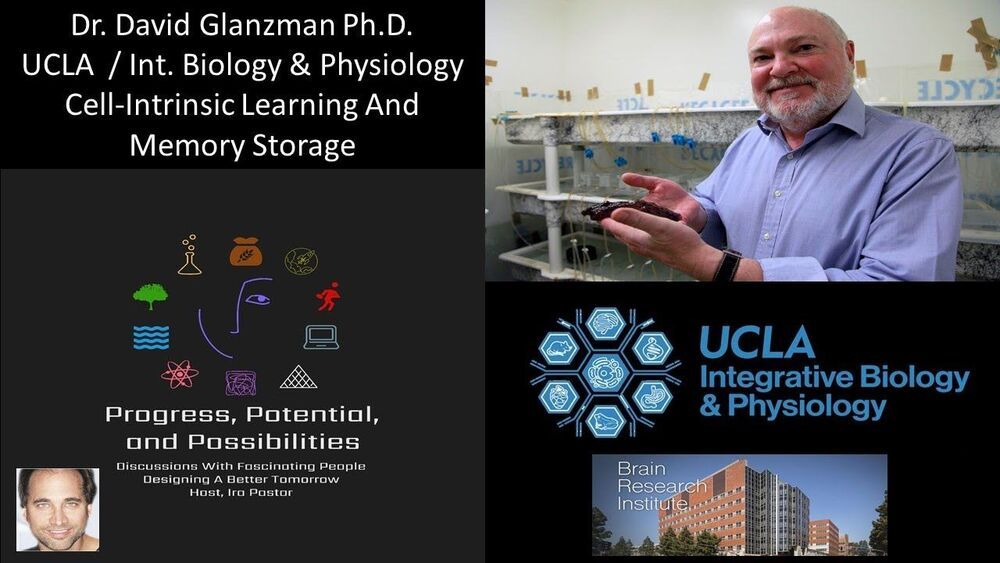
😃
Canadian YouTuber Linus Sebastián reviewed SpaceX’s Starlink Internet on his Linus Tech Tips channel (video below). SpaceX currently operates approximately 1085 internet-beaming Starlink satellites in low Earth orbit that will be part of a constellation of over 4400 satellites designed to connect the planet to the world wide web. To connect to space-based internet Starlink customers use a dish antenna and Wi-Fi router device. The company says the dish antenna is more advanced than what is currently in-use aboard fighter jets. The dish features a phased-array antenna, capable of transmitting and receiving signal from all directions as the satellites move across the sky. This week SpaceX started to accept preorders of the service via Starlink.com.
Linus Tech Tips created a great review video in which he tests Starlink’s speed and also talks about important aspects of the Starlink constellation, including a brief discussion on how the network works. In the video, Linus unboxes the Starlink Kit that costs $499USD, it includes a dish antenna, mounting equipment, power supply, and Wi-Fi router/modem device. The Starlink broadband internet service has no data cap, priced at $99USD per month. Linus and his team install the dish outdoors on top of the roof and connect to the network. First, he used the service to play multiple 4K YouTube videos at once, with good results. He just noticed a small lag when trying to load YouTube thumbnails and comments as four high-definition videos played simultaneously. Then Linus ran an online speed test, Starlink provided him with internet download speed of around 138 megabits per second (Mbps) and latency of 27 milliseconds (ms).


















